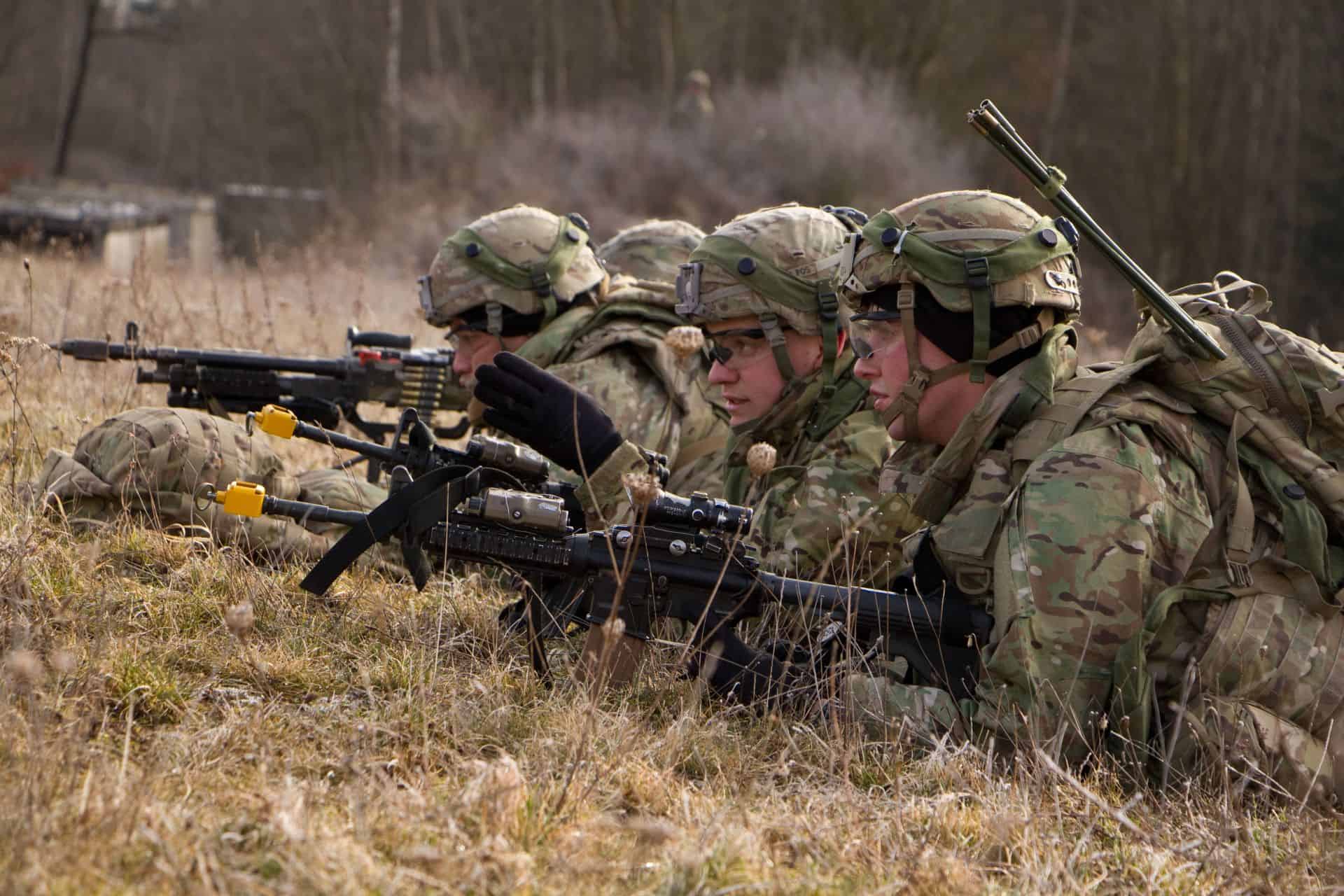FORT RUCKER: Sweeping changes to Army Safety doctrine, training, and ease of accident reporting are the U.S. Army Combat Readiness Center’s top priorities, explained Brig. Gen David J. Francis as he addressed safety professionals from around the U.S. Army Tank Automotive Command during an inaugural safety summit at Anniston Army Depot recently.
“Our mission at the USACRC is to assist commanders with loss prevention as we deploy our Soldiers and Civilians to the most dangerous places on earth,” Francis said. “To do that effectively, we need to revamp the Army Safety program from top to bottom to ensure our warfighters are prepared for the next mission, wherever it will take them.”
Francis outlined details of the safety program’s overhaul and explained how safety professionals can become part of the solution rather than being “problem admirers.”
“We’ve deliberately and continuously solicited input from safety professionals around the Army on how we can do better,” Francis said. “We have three lines of effort driving our safety modernization that supports warfighter readiness and enhances loss prevention, all of which are integral with mission and command.”
For the first line of effort, Francis described how modernizing the Army Safety and Occupational Health Program and revising safety policies and regulations will ensure requirements get to an unambiguous level executable by commanders.
“When I first took this job, an 11-inch high stack of safety regulations were put on my desk,” he said. “The bottom line is when you have a stack that’s 11 inches high, it’s imperative to whittle that down to the most common elements and determine the most important things needed to express across our Army in terms of safety and occupational health and risk management.
“We realize there’s duplication in many of our regulations and DA Pams,” Francis added. “Sometimes guidance in a regulation differs from guidance in a corresponding DA Pam. It’s a tedious yet necessary process as we don’t want to discard the relevant information.”
Enhancement of the Army Safety and Occupational Health Enterprise Information Management System will consist of upgrades to and ease of use for mishap reporting and tracking systems, both of which are key components of the second line of effort.
“We’re working toward improvements in mishap reporting through technological and other process improvements,” Francis said. “We’ve needed an overhaul of our mishap reporting system for quite some time, and ASOHEIMS is an expandable and adaptable endeavor scheduled to launch in January 2019.”
The third and final line of effort is improving the SOH workforce’s proficiency and effectiveness.
“We’re in the midst of updating our training and so far, we’re receiving great feedback from our interns as we send them out across the Army,” Francis said. “There are a lot of certification requirements that we’re examining carefully, as we’ve expanded from 1,200 safety professionals across the force to 7,000.”
The increase in safety professionals correlates to growth from six to 26 career fields in Career Program-12.
“We continually strive to get our training to the best level possible, not only for our safety professionals but as we train risk management to the rest of the Army,” Francis added. “Safety professionals in the field, helping us identify safety issues, is essential to reducing accidental loss.”
Francis and Command Sgt. Maj. Ernest D. Bowen, Jr., often visit installations, depots, combined training centers and other organizations to interact with commands to see the challenges they face, and for an opportunity to engage safety professionals firsthand.
“We’re able to get a sense of what the USACRC can do to assist organizations in their safety mission,” Bowen said. “We want to be able to help leaders with loss prevention.”
“Through the processes that we’re implementing across the Army safety enterprise right now, we’re able to convey how organizations can dovetail with our efforts and enhance their own programs,” Francis said. “We see a lot of best practices during our visits that have potential for implementation across the Army.”
For the last 10 years, the Army’s accident levels have remained historically low. However, Francis cautioned that settling into comfort will have devastating effects on mission readiness.
“It’s all about standards and discipline, and none of us can afford to get complacent,” he said. “As we continue to focus on emerging technologies that help us design safety into procedures, we cannot forget that it’s leaders, safety professionals and Soldiers who are empowered to stop the chain of events that lead to a mishap.”
Francis also said that through enforcement of standards, the Army will continue to experience a decline in accidental losses.
“With a myriad of safety programs across the Army, maintaining visibility of hazards, the ability to anticipate problems and continually self-evaluating are the most important steps organizations can take in the loss prevention effort,” he said. “Around the world, what organizations offer Soldiers who are put into harm’s way is truly phenomenal. The dedication and professionalism is spectacular, and I think reflects an understanding and appreciation for our young Soldiers.
“At the end of the day, the products we produce and the safety program we are modernizing are all aimed at helping our Soldiers answering their nation’s call to duty,” Francis added. “It’s gravely important that we realize the importance of ensuring our Soldiers are well equipped and trained to do their missions.”










